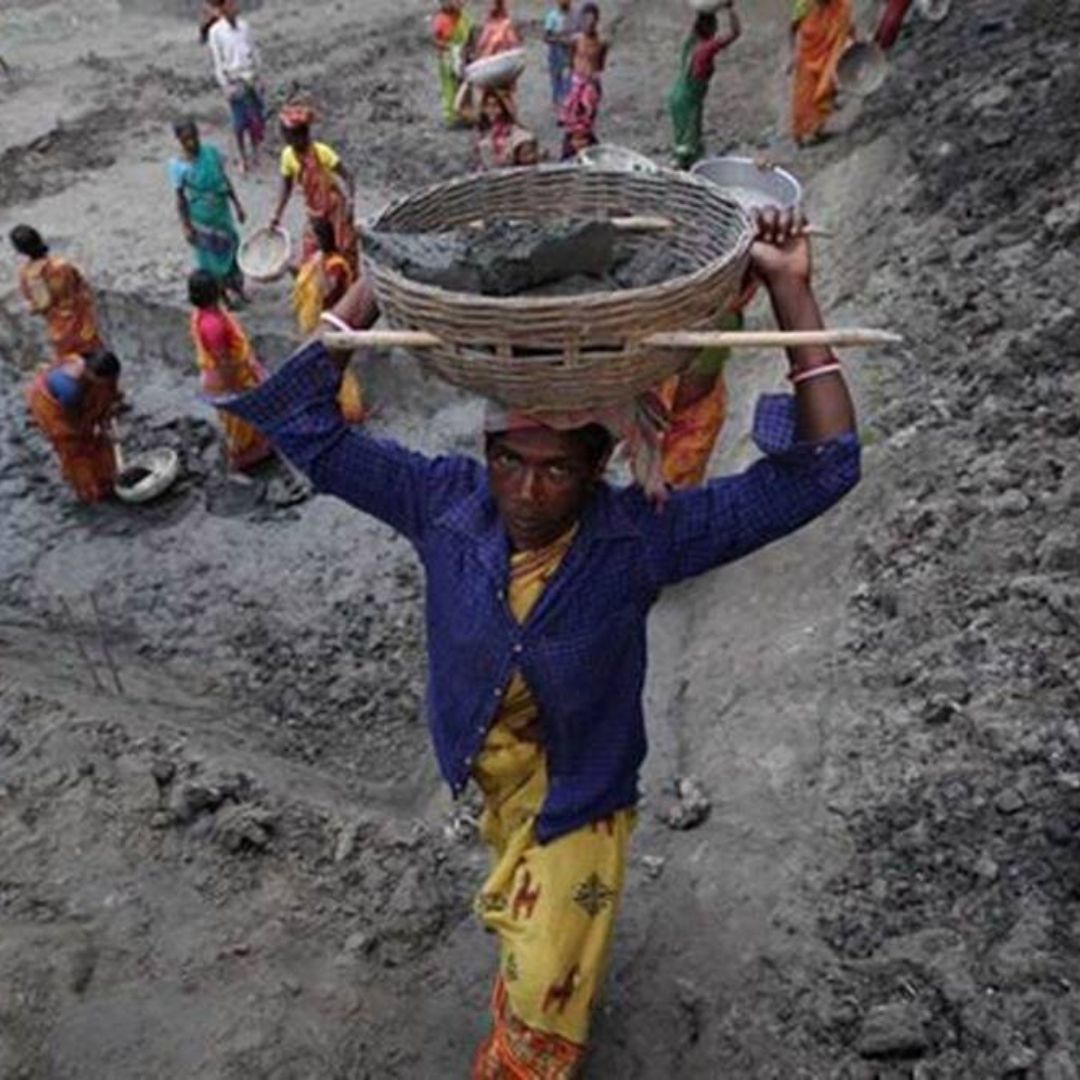
Image Credit: The Indian Express
Rise In Farm, Unpaid Woman Labour: Labour Force Survey
Writer: Ratika Rana
Her primary objective is to inform, promote, educate and cultivate readers through writing.
India, 7 Sep 2021 10:39 AM GMT | Updated 7 Sep 2021 10:44 AM GMT
Editor : Ankita Singh |
A literature lover who likes delving deeper into a wide range of societal issues and expresses her opinions about the same. Keeps looking for best-read recommendations while enjoying her coffee and tea.
Creatives : Ratika Rana
Her primary objective is to inform, promote, educate and cultivate readers through writing.
There has been a significant surge in the women force participation, but the trick is, the participation has increased in the sub-optimal category of unpaid work.
The Periodic Labour Force Survey (PLFS) for the period beginning from July 2019 to June 2020 mentioned that India saw the steepest increase in the category of sub-optimal workers or unpaid family workers, as per the latest data released.
Under this category, the worker lives with the unit's proprietor and works for them but does not have any formal service contract and is not paid for their services. The work of these 'additional' workers primarily is from the agricultural sector or a part of household enterprises.
94% Women Already In Informal Sector
On the face of it, an increase in women participation in the workforce looked like a step in the positive direction; however, on a deeper level, this increase is majorly for unpaid work, making the rise less promising.
A report by the Human Rights Watch (HRW) revealed in October 2020 that a whopping 94 per cent of women in India are already employed in the informal sector as domestic workers, farmers and construction workers. The Indian Express reported a Union Labour Ministry official attributing the massive 'farm labour' surge due to a hard lockdown in the urban areas and counted female employment rebound as a positive sign.
45.6% of Increase In Agricultural Employment
Agriculture forms 16 per cent of the country's Gross Domestic Product (GDP), and the PLFS data mentioned that there had been an overall increase of 45.6 per cent in the number of people engaged in agriculture. The rise corresponds to the decline of labour in construction and manufacturing.
Just like most developing countries, India also showed signs of decline in agricultural employment corresponding to production. The employment rate for unpaid workers in household enterprises increased from 13.3 per cent in 2018-19 to 15.9 per cent in 2019-2020. For female workers, the employment for unpaid work increased to 35 per cent from 30 per cent in 2018-19.
Experts believe that such data is not a good sign for gender empowerment in employment.
Also Read: COVID Impact: Only 8% Rural Children Attend Online Classes, 37% Not Studying At All, Says Study
 All section
All section














